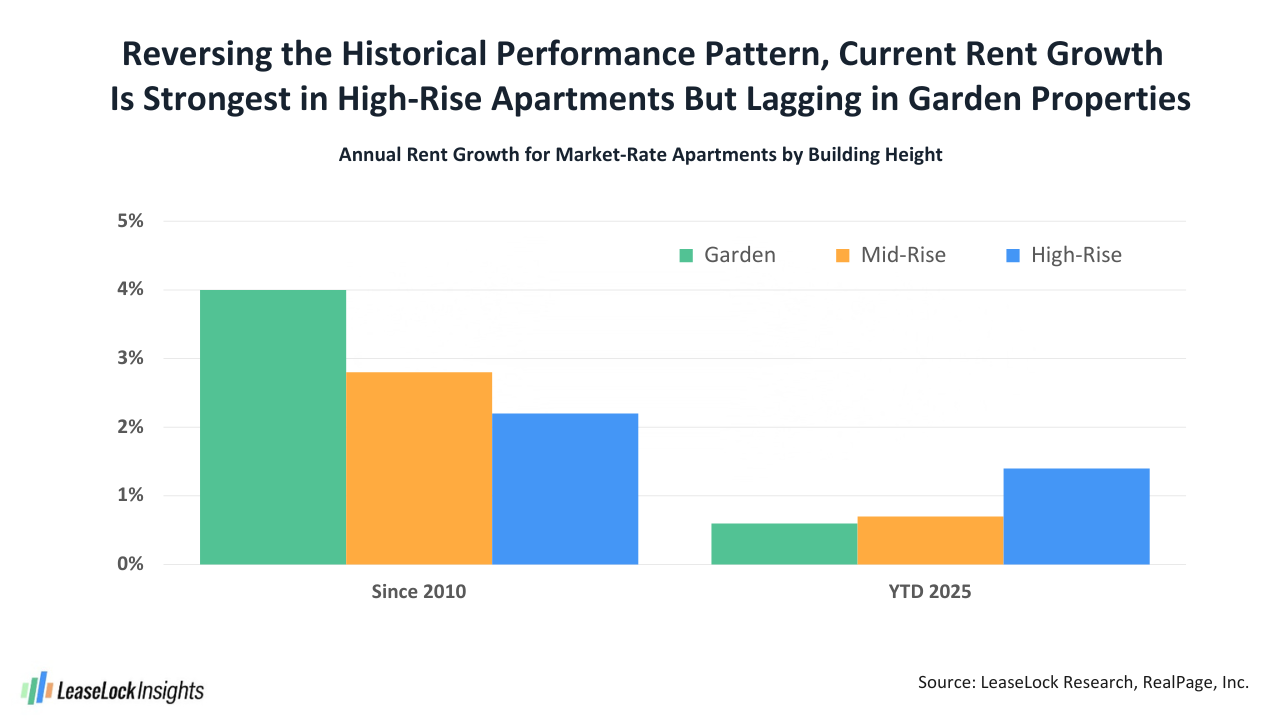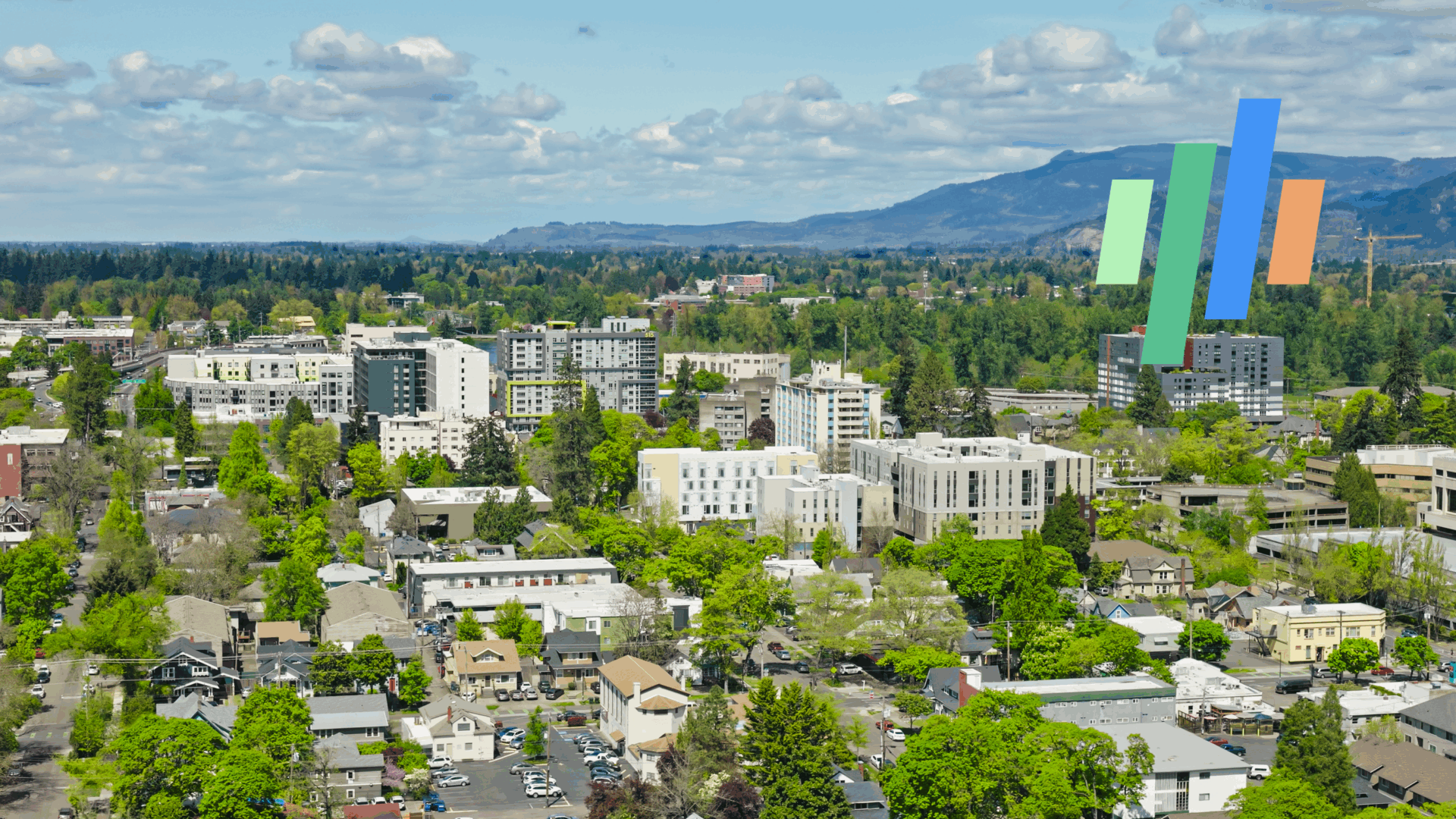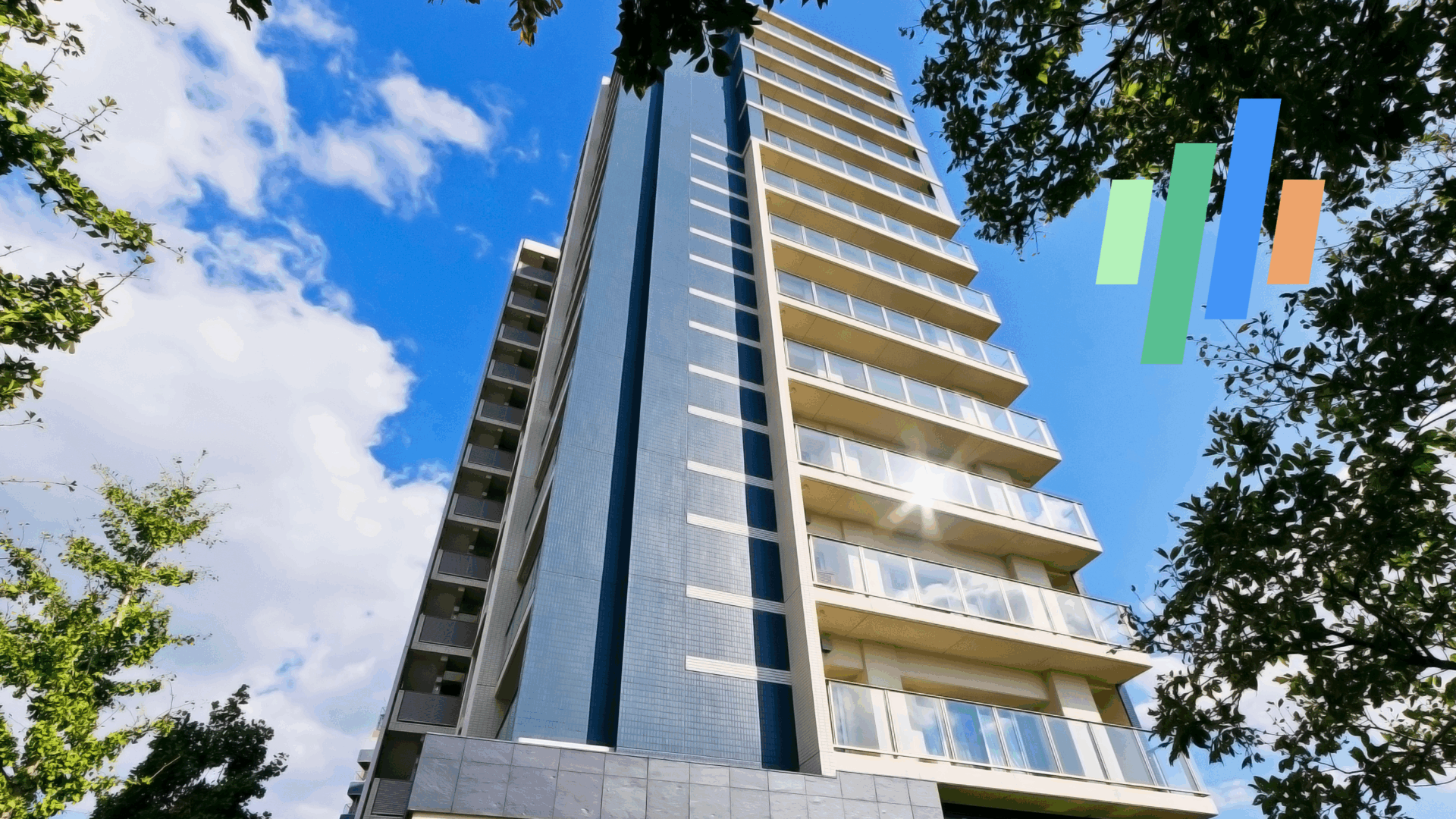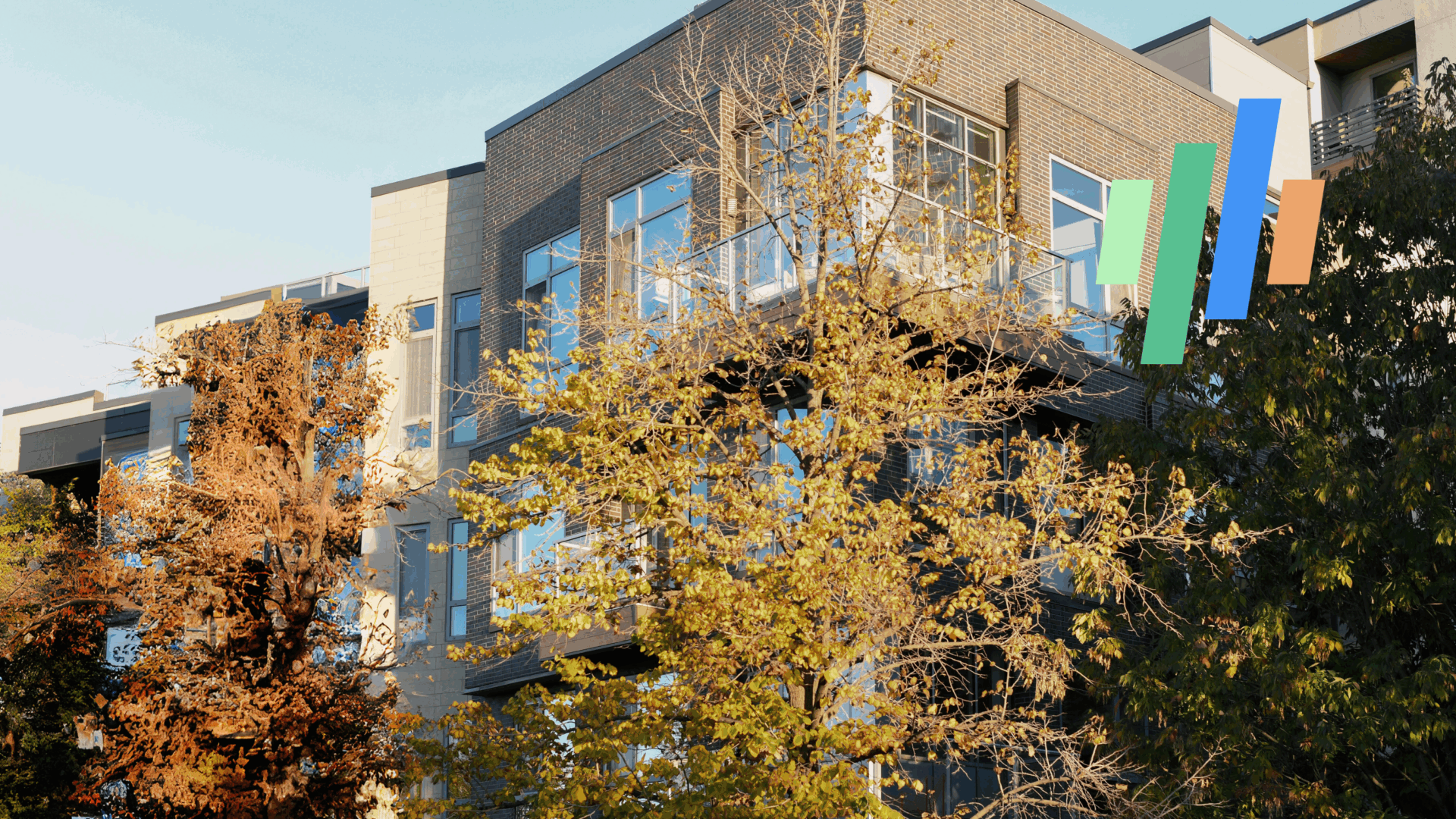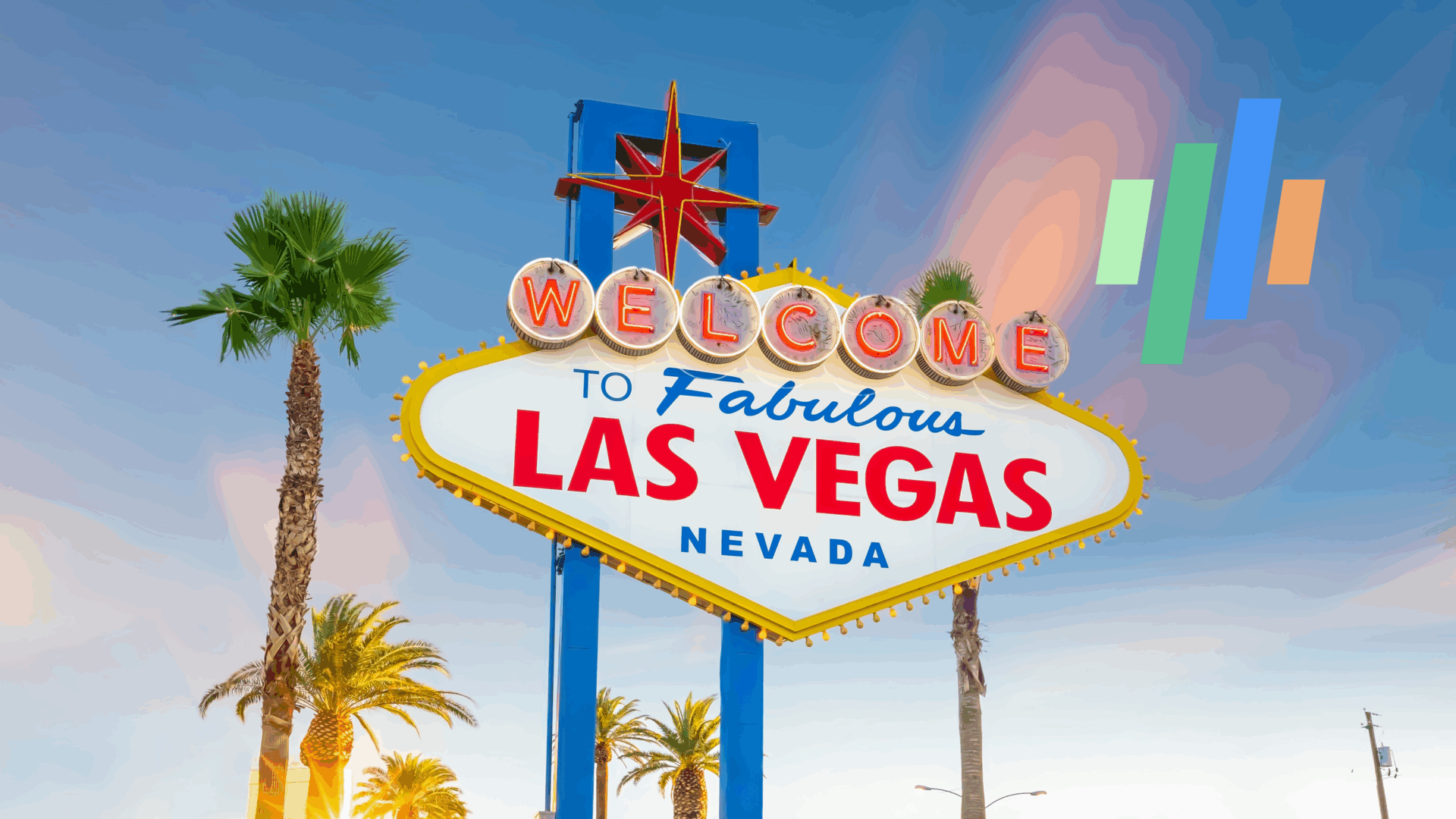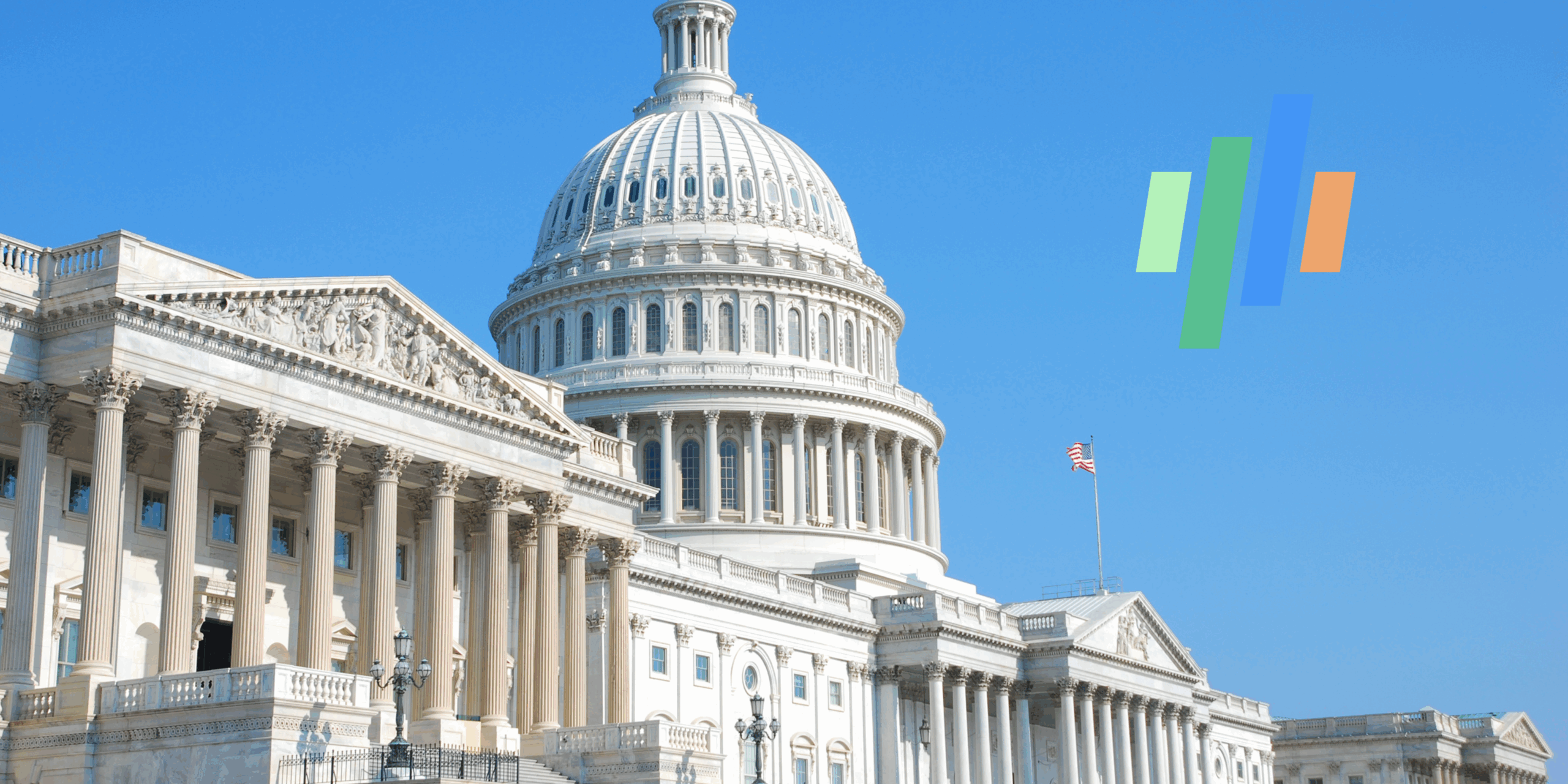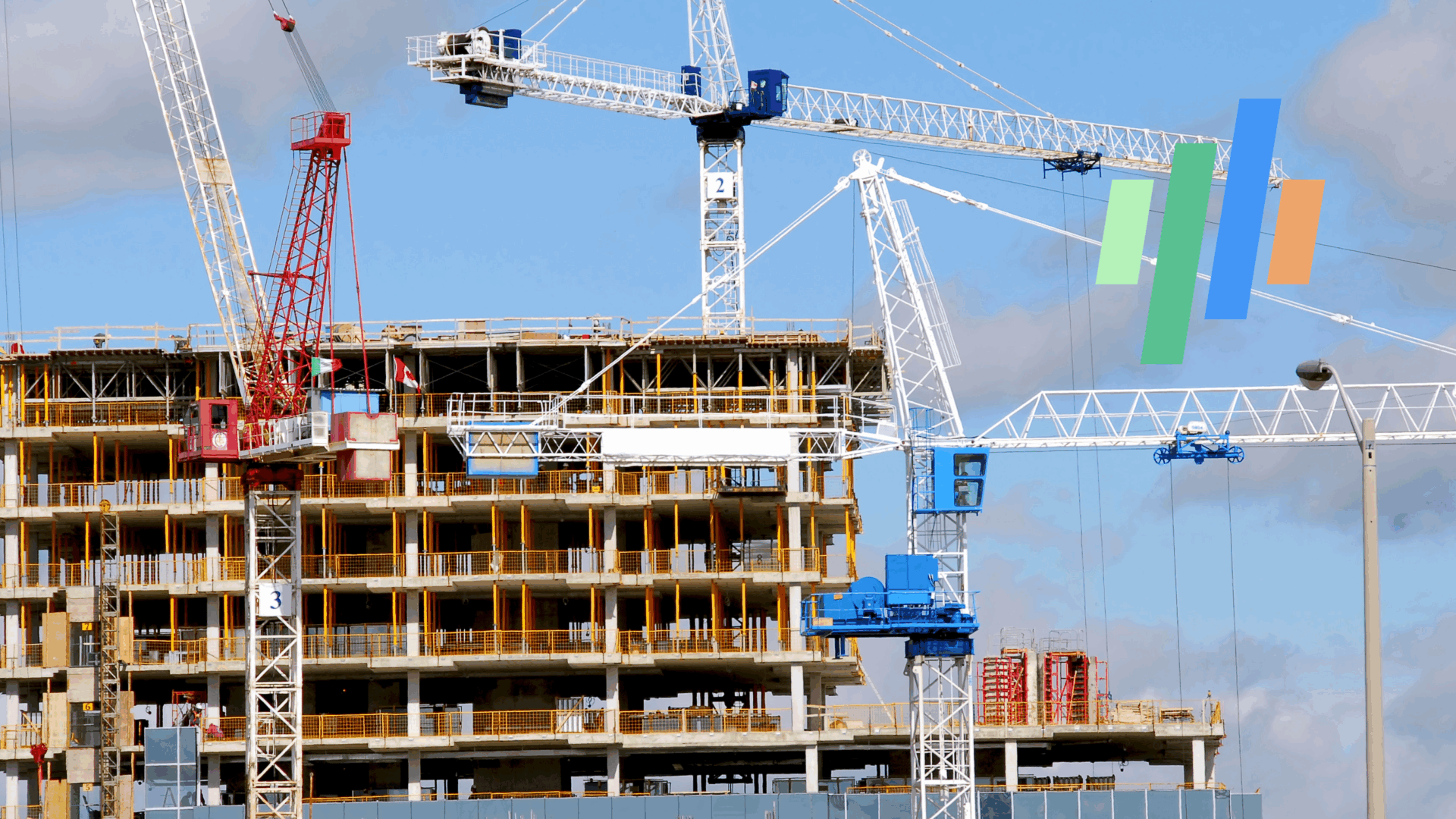A New Twist in Apartment Rent Growth by Building Height
The nation’s comparatively expensive high-rise apartments are registering more rent growth momentum than their mid-rise and garden apartment counterparts right now, reversing the general pattern of pricing change that was typical historically.
High-Rises Now Outperform Mid-Rise and Garden Apartments
So far in 2025, rents for move-in leases in high-rise buildings have climbed at a 1.7% annual pace, about double the pricing growth rate of 0.7% in mid-rise properties and 0.6% in garden apartment buildings. While annual change has been holding steady in both high-rise and mid-rise developments, there’s some loss of momentum showing up in the garden apartment sector. Annual rent movement in these one- to three-story projects is a hair negative at -0.2% in the latest monthly result. (All these calculations reflect base data from RealPage, Inc.)
Garden Apartments Face Pricing Pressure
In contrast, garden apartments normally log the strongest rent growth, with price increases averaging 4.0% annually since the beginning of 2010. That’s about double the 2.2% average annual rent growth in high-rise product, while the typical rent increase for mid-rise buildings comes in at 2.8%.
So, are today’s performances a story of strength for high-rise communities or weakness for the garden stock? The answer is a little of both.
Slowed rent growth in the garden apartment stock reflects the downward pressure on pricing power brought by the huge wave of new supply seen in some places, especially the suburban settings of Sun Belt metros. Also, since the share of household income that is spent on housing tends to be highest in product at the lowest price points, garden apartment renters face outsized challenges when they must deal with general price inflation and the cooling of job opportunities
recorded over the past few months.
Urban Dynamics Boost High-Rise Performance
Metros currently achieving the nation’s strongest overall rent growth tend to be spots with substantial volumes of high-rise product, including New York, Boston, Chicago and San Francisco. Further influencing these results, high-rise properties account for a tiny portion of the record apartment deliveries added across the country during the past couple of years. At the same time, employers in urban settings have been pushing their workforces to return to office.
High-rise projects also may be benefiting from the slowdown in renters making single-family home purchases, since it would be renters of expensive apartments most likely to have the financial capabilities to become buyers. For perspective, monthly rents for the product studied here average about $2,600 in high-rise developments, roughly $2,100 in mid-rise properties and approximately $1,700 in garden projects.
Household Finances and Immigration Trends Add Complexity
A sharp and sudden decline in the nation’s foreign-born population is another factor that seems to be dampening the performance of lower-priced garden apartments for the moment. The best data available right now points to an immigrant count that is off by at least a million people from the number seen at the start of calendar 2025. However, this information, derived from the Census Bureau’s monthly Current Population Survey, is very preliminary, and the stated margin-of-error is quite large.
What’s Ahead for Apartment Rent Growth by Building Type
Looking ahead, garden apartment properties seem positioned to regain rent growth potential when new supply deliveries cool in 2026–2027, catching up to or even once more surpassing the price increases achieved for high-rise housing product. However, household financial health will be a key influence to watch, and immigration policy is a true wild card.
For now, the apartment absorption story is shifting by building type, with high-rises leading the way and garden apartments temporarily underperforming historic norms.
About LeaseLock
LeaseLock is the only true lease insurance provider for rental housing. Our AI powered underwriting program, LeaseLock ShieldTM, predicts risk and optimizes coverage for properties and portfolios. Owners and operators gain notable profit protection while accelerating leasing, minimizing burden, and removing reputation and legal risk. With over $14 billion in leases insured, LeaseLock is reshaping the way the rental housing industry manages financial risk, while delivering significant benefits to renters. As an accredited GRESB partner, LeaseLock is dedicated to improving housing accessibility by offering renters greater financial flexibility while protecting properties against the risk of bad debt.
